No products in the cart.
MIL PRF 121
MIL-PRF-121G Packaging & Pouches
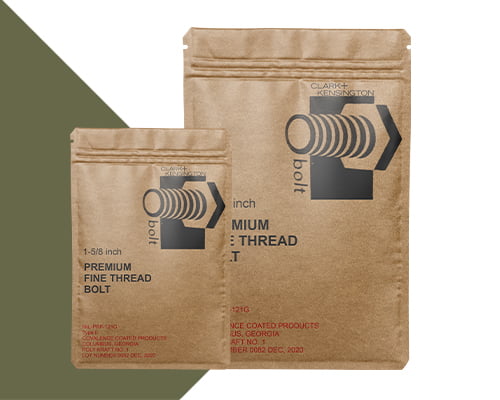
MIL-PRF 121 is a military standard that outlines very specific requirements for flexible barrier materials used in the protection of packaging applications. There are two types of MIL-PRF-121G materials defined by their duty rating: Light Duty, and Medium Duty. The rating typically relates directly to the min avg bags barrier level.
First published in 1967, it has been revised and updated several times to reflect changes in the materials and manufacturing processes. It’s important to note that this performance specification, specifically, focuses on the roll material used to make pouches, bags, and other packaging products and the protection provided by them, not how the pouches are made.
With each revision, a letter of the alphabet is added to the back of the standard (ex: MIL-PRF 121A was the first revision, so MIL-PRF 121G is the seventh revision of this specification.) As mentioned, this standard focuses only on materials, like films, foils, papers, and fabrics used to create packaging materials for the military.
Pouches Manufactured Under MIL-PRF 121G Standards
One of the most common types of material covered under the MIL-PRF 121G standard is pouches. These pouches are typically manufactured from light and medium-duty materials (ex: Kraft paper with a polyethylene liner) and are ideal for the packaging and protection of lighter materials.
Of course, it’s worth noting that there are several other specifications and item details and, depending on the type of product you’re packaging, you may need to adhere to those as well. For example, if you’re packing electronic components, you’ll need to ensure your roll materials comply with MIL-PRF 81705.
The standards within MIL-PRF 121G are very specific, and all pouches must meet specific criteria. This criterion relates to the strength and durability of the pouches, in addition to their ability to provide resistance against environmental factors like moisture, temperature, humidity, and exposure to chemicals.
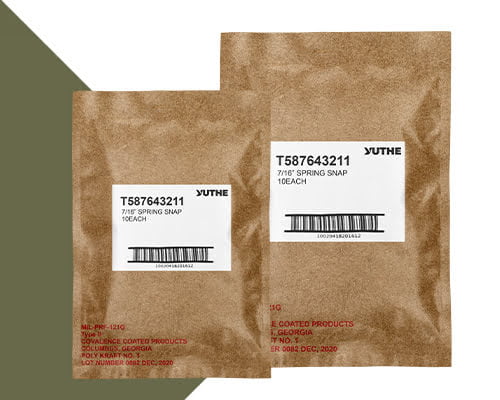
Benefits of MIL-PRF 121G
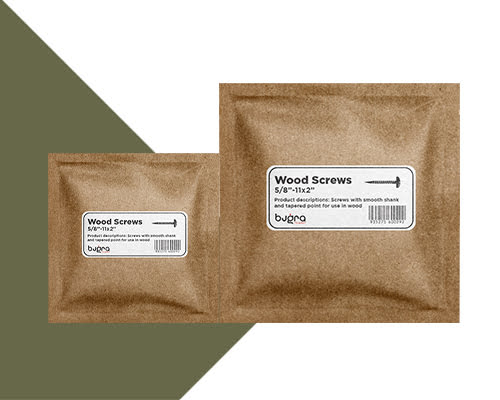
The most obvious type of benefit of manufacturing bags that adhere to MIL-PRF 121G is that these bags will comply with the specifications set forth by the Department of Defense. This means that your pouches will be able to package materials for the Army, Navy, Air Force, and any other military branch or Naval aviation application without running into issues with compliance.
MIL-PRF 121G outlines how to construct, splice, and seal the pouches, and some of the specific benefits of manufacturing bags under MIL-PRF 121G are that they will be:
- Puncture resistant
- Resistant to flex cracking and pin holding
- Resistant to water vapor transmission
- Resistant to chemical exposure
- Able to maintain seal integrity under various conditions
Although the military requires MIL-PRF 121G, many non-military commercial companies adhere to the standard as it provides the ultimate protection against damage from a variety of common environmental hazards, like water and air.
What is the difference between
MIL-PRF-121 and MIL-PRF-121G?
As previously mentioned, the primary difference between MIL-PRF 121 and MIL-PRF 121G is that MIL-PRF 121G is the seventh iteration of the original standard, which is MIL-PRF 121. Under this logic, MIL-PRF 121A is “better” than MIL-PRF 121, and MIL-PRF 121G, being the most recent, is the “best” of them all.
MIL-PRF 121G includes additional testing requirements for materials, including ensuring they’re resistant to punctures and tears, and that they can remain sealed under certain conditions. As the world is becoming more sustainable, so is the military. For example, MIL-PRF 121G includes specifications related to the environment, such as using certain environmentally-friendly materials for manufacturing the pouches.
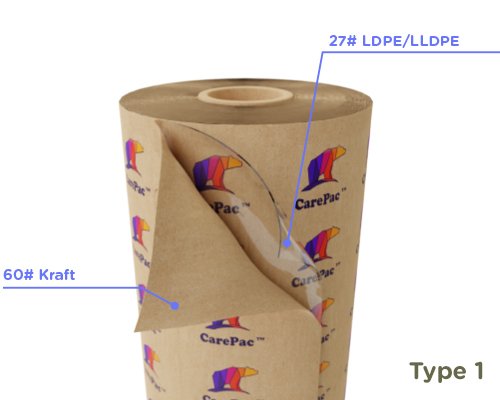
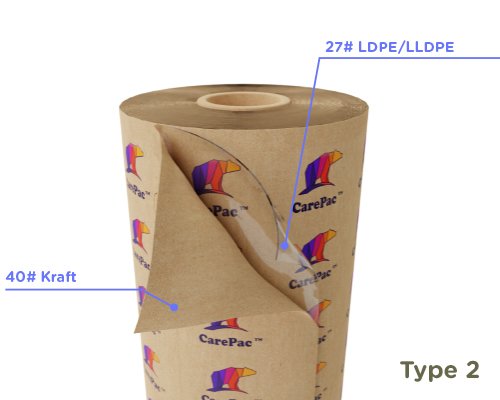
MIL-PRF 121G Type 1
Designation | Details | Structure |
|---|---|---|
CadPak K1 | Typically used for small parts or munitions. | Natural Kraft Paper / PE |
PK 1 | Very similar to CadPak material | 60# Kraft Paper / 27# LLDPE |
MIL-PRF 121G Type 2
Designation | Details | Structure |
|---|---|---|
CadPak K2 | Typically used for small parts or munitions. | 40# Natural Kraft Paper / 27# PE |
PK 1 | simlar | 40# Natural Kraft Paper / 27# PE |
MIL-PRF 121G Type 1 & Type 2
If you’re purchasing MIL-PRF 121G packaging, you’ll have the option to purchase Type 1 or Type 2. Type 1 refers to Medium duty applications and Type 2 is used for Light Duty applications, and the specific performance requirements vary for each type. You can find a complete breakdown of the specific requirements for both types of packaging, but here is a cursory overview:
Property | Type 1 Requirement | TYPE 2 REQUIREMENT |
|---|---|---|
Puncture Resistance | 6 pounds | 4 pounds |
Tensile Breaking Strength | 25 lbs/in. width | 17 lbs/in. width |
Tearing Resistance | 150 gms | 100 gms |
Bursting Strength | 45 psi | 30 psi |
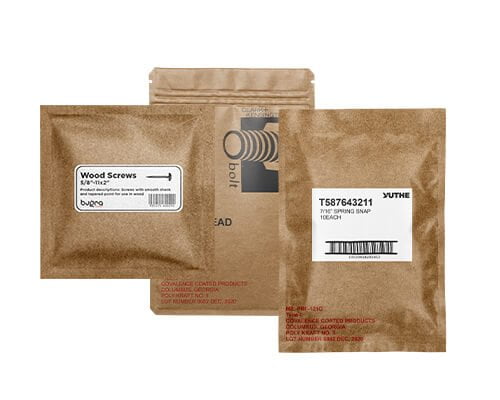
CarePac: Your Partner in Military Packaging Products
Whether you need MIL-PRF 121G Type 1 or Type 2 packaging, CarePac is a partner you can trust. We currently offer two materials for each type, and have decades of experience in the packaging industry, including manufacturing packaging for sensitive industries, such as the military. Have questions? Connect with us today to discuss your project. Ready to get started? We are, too! Get an Instant Quote!

